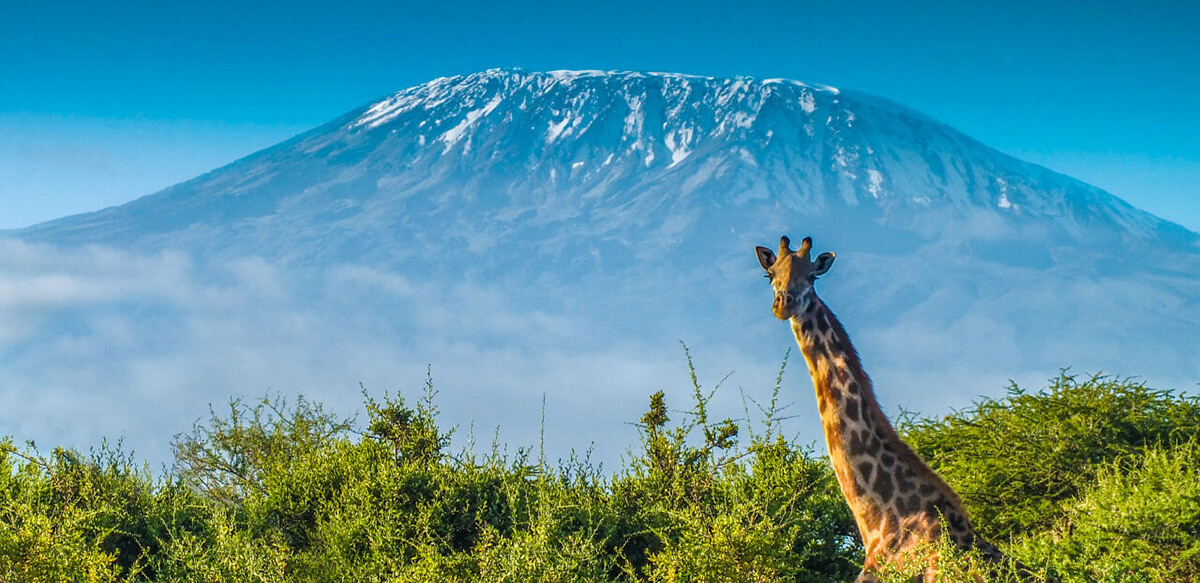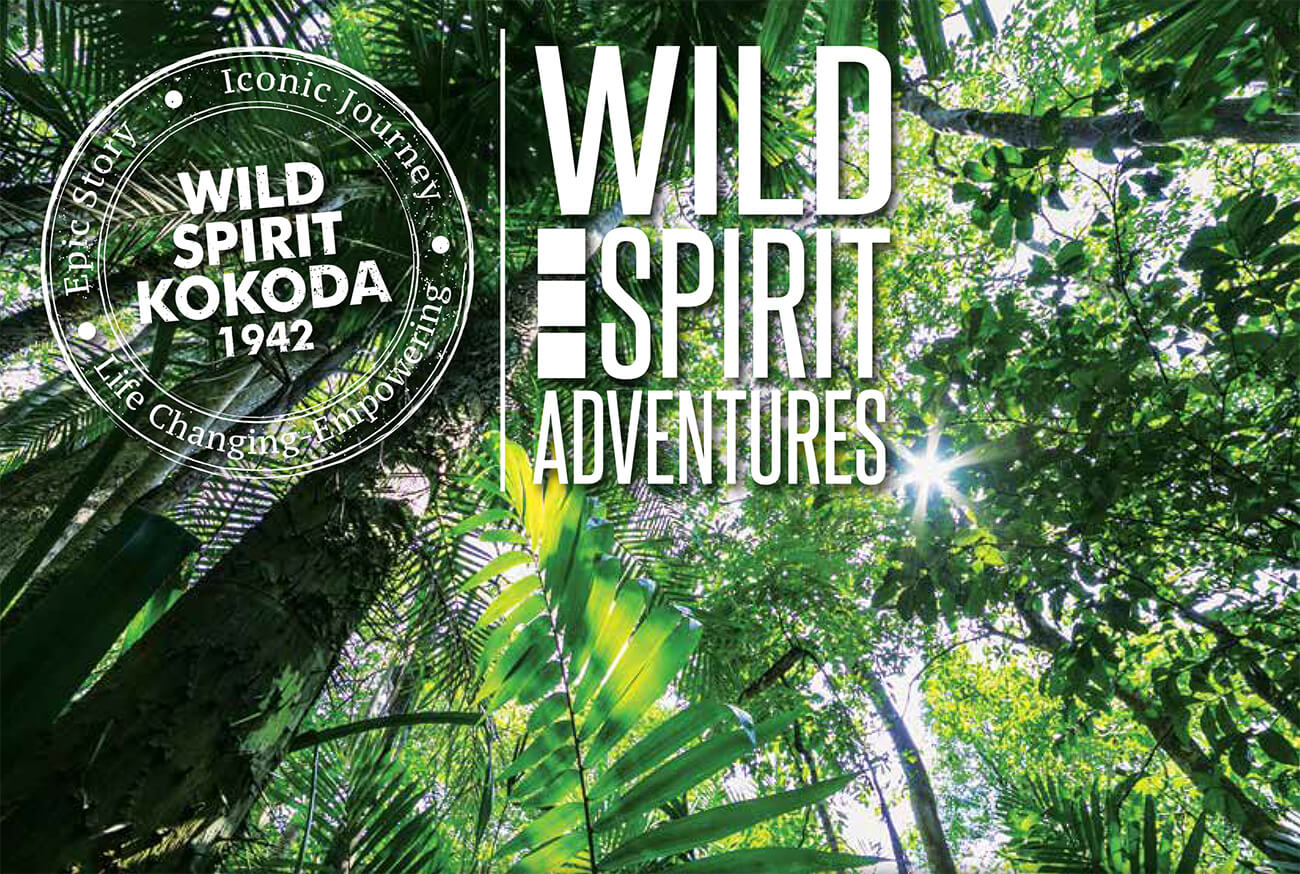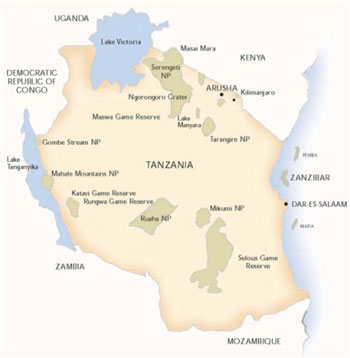“As wide as all the world, great, high, and unbelievably white in the sun,
was the square top of Mount Kilimanjaro” Ernest Hemingway.
The first written reference to Mt. Kilimanjaro was by Ptolemy but even so, Africa’s highest mountain and the highest free standing mountain in the world remained relatively unknown to the outside world until 1848.
Snow capped and shrouded by clouds, the local Chagga people called it ‘Kilema Kyaro’ meaning ‘that which cannot be conquered’ or ‘that which makes a journey impossible.’ Today, it is the dream of every adventurer to conquer its summit and stand on the “roof of Africa.”
Situated south of the equator – in Tanzania – at 19 340 feet, (5895m) this is Africa’s highest mountain and the highest “free standing” mountain in the world.
Huge permanent glaciers flow down from the summit, and spectacular views and beautiful ice formations are the reward for the successful trekker, as well as the satisfaction of conquering this mighty peak.
It is not for the faint-hearted – this will test you to your limits, mentally as well as physically. The main problems encountered are altitude sickness, which can be countered by use of medicines, and lack of oxygen.
The standard route is a hike – no climbing as such. It is very cold – correct kit is a must – but our kit lists and hire equipment are top quality. We have personally done the major routes; so can offer first hand advice.
Good preparation and advice, as well as good guides on the mountain, have given us an over 95% success rate (the average is 60%) – this type of thing is a “once in a lifetime ” challenge, and must not be taken lightly.
We ensure that all our climbers have all the facts – medical list, equipment list, etc, long before they travel – possibly the reason for our success rate.
Any reasonably fit person who enjoys walking can reach the summit of Kilimanjaro. The youngest to make it was nine years old – the oldest seventy-nine.
While thousands of people scramble to the top of Kilimanjaro each year, there are some extremely severe climbs available to the experienced mountaineer. There are several principal hiking routes up the mountain, like the Marangu (Coca Cola), Shira, Londorossi, Rongai, Umbwe and Machame.
The Shira plateau can be reached with a four-wheel drive vehicle up to 4 000 metres. These routes are marked and provided with simple bivouac huts and water, we choose to camp on all of these routes (except Marangu which offers communal huts)
The Machame route is one of the more scenic routes up the mountain, after the Umbwe route, this is probably the most beautiful route by which to ascend the mountain. Nights are spent in ‘alpine tents’ sleeping two persons per tent (three person tents, so there is space for your luggage).
All your supplies and camping equipment are portaged up for you (tents, 20-25 mm compressed foam sleeping mats, awnings, stools, lights, etc), and your meals are prepared.
Your personal baggage limit is 12kg for the climb.
South African tents and sleeping mats are supplied on this trip.
The Keys Hotel, your base hotel, is located in Moshi and has a swimming pool, indoor bar and garden area, patio, restaurant and satellite television coverage. The rooms are clean, neat and comfortable. Showers are en-suite with hot/cold water. It is one of the best hotels in town, although fairly basic by South African standards. The staff are very friendly and ‘nothing is too much trouble’.
The guides employed are excellent (some have climbed Kili over 400 times)! They are employed by the Keys Hotel and have looked after a multitude of our clients. Each trip is lead by a senior guide, with other guides in a ratio of approximately one guide per 2 or 3 climbers – if you are a bit slower than the rest or get ill and have to descend, a guide will always be with you.
Food served on the mountain is generally plain and wholesome, including a lot of carbohydrates, stews and soups, vegetables and fresh fruit. Vegetarians are catered for, but please notify us in advance.
When flying, we strongly suggest you wear / carry on your boots, wet weather gear and cameras – these are crucial for your climb, and you do not want to risk losing them in the hold. Make sure you have your yellow fever certificate with you – as it will be asked for on in Tanzania and on arrival back home.
On arrival at Kilimanjaro International Airport, you will be met by a Representative from Keys Hotel and transferred to the hotel in Moshi (approx 1 – 1 ½ hour’s drive), where you will overnight including a continental breakfast.
There are two sister hotels – Keys Mbokomo and Keys Uru. Both of these hotels have good views of Mount Kilimanjaro and are classified as modern “Tourist” standard hotels.
They are of medium size, and rooms are all en-suite.
Some have air-conditioning, television and mini-bar.
Meals consist of buffet continental breakfast, full restaurant meals, bar snacks served all day and occasional barbecues. A bar with a full range of drinks including beers, bottled
water and soft drinks is available.
Amenities include room service, full laundry service, swimming pool, international telephone, facsimile and internet services, car parking and security.
Leave any excess clothing and valuables at the hotel – they will lock them up for
you.
Pack your bag carefully for the climb – remember the weight limit of 12kg.
The best time to Climb Mt Kilimanjaro
The best time to climb Mt Kilimanjaro is during its two dry seasons, January to mid-March and June to October. You can trek Kilimanjaro in the rainy season but not only is there a much higher chance of trekking in the rain, the summits of Kibo and Mawenzi are likely to be wreathed in thick cloud too. Christmas and New Year, when the weather is far from perfect, are actually the most popular times for climbing Kilimanjaro.
SOLO climber rate – This includes single room supplement at the hotel, single tent supplement on mountain, and solo climber supplement, i.e. to climb privately, not part of a group. Should you request for an individual to join a group, we cannot always guarantee the availability of others to climb, and therefore retain the right to charge the solo rate should we be unsuccessful in finding others to climb with your client.
Set Departures vs. Private Climbs Mt Kilimanjaro
Due to popular demand, we have group departures on the Marangu, Machame and Umbwe routes throughout the year.
When you book, kindly advise if your guests would like a PRIVATE or GROUP departure. Should it be the latter, we will endeavour to put them with other guests on the climb itself. Generally, Saturday arrival (Sunday climb) is the most popular days of the week as such we can more readily put your guests with others over the weekends.
Your consultant will confirm with you if your clients will be climbing with others or not, and the approximate group size during the booking process. We cannot guarantee a group departure, as certain times of the year are busier than others – and should you guest be travelling alone, then the solo / single supplement would still apply.




